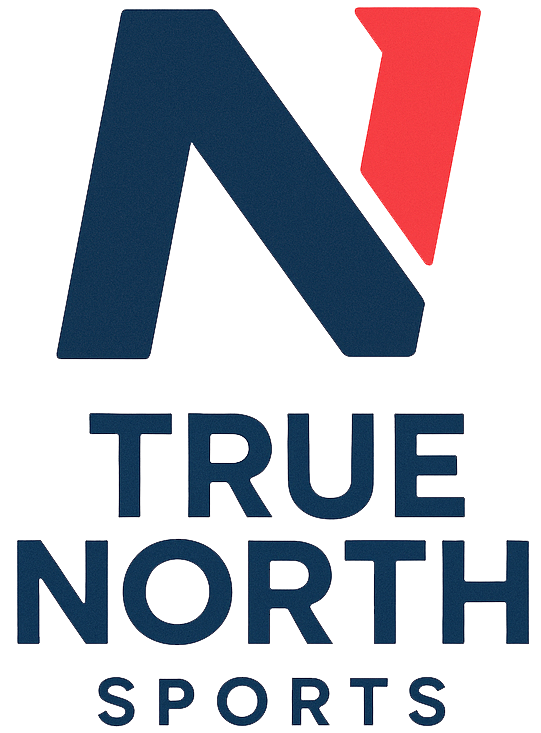Goalie Gear Sizing: What Parents Need to Know
Share
Breaking down pads, blockers, and gloves — with real Canadian sizing tips.
When your child steps into the crease, they’re not just another hockey player — they’re the last line of defense. Proper goalie gear isn’t optional; it’s essential for both protection and performance. But for many parents, sizing goalie equipment can feel overwhelming, especially when brands use different systems or when gear is handed down from older players.
This guide breaks down how to size the three key pieces of goalie gear — leg pads, blocker, and glove — with simple instructions and Canadian-specific sizing tips to help you shop with confidence.
Goalie Leg Pads: Finding the Right Height and Fit
Leg pads protect the goalie’s knees, shins, and calves while allowing quick drops and lateral slides in the butterfly position. Sizing these pads correctly helps prevent knee pain, coverage gaps, and slow recoveries.
How to size them:
Use this basic formula (common in Canada):
(Floor to mid-kneecap in inches) + Skate Size + 1 = Pad Size
Example:
A goalie with a 17” knee-to-floor length and size 3 skate would wear an approximate 21" pad.
Key fit signs:
- Knee lands naturally in the knee cradle when in stance
- Bottom of pad rests just above the skate toe box
- No major gaps between thigh rise and pants when in butterfly
- Pads don’t drag or interfere with strides
What to avoid:
- Pads too big: knees land off-centre, legs spread wide, movement restricted
- Pads too small: poor coverage, thigh exposed in butterfly
- Gaps between pants and pad top (fixable with thigh guards or larger rise)
Blocker: It’s All in the Wrist Mobility
The blocker protects the hand holding the stick and deflects shots away from the net. While most blockers come in Youth, Junior, Intermediate, and Senior sizes, wrist and finger fit are just as important.
How to size it:
- Match blocker size to glove hand size (e.g. Junior glove = Junior blocker)
- Ensure full finger coverage inside the protection plate
- The wrist strap should feel snug but flexible
- The palm should align with the stick properly without bunching
What to check:
- Can the goalie rotate the wrist and hold the stick naturally?
- Does the blocker twist or feel too top-heavy?
- Is the palm bunching up or cutting into the hand?
Catcher Glove: Snug, Safe, and Snappy
Also called the trapper, the catcher glove is crucial for catching pucks, covering rebounds, and making big glove saves. It should close easily without sacrificing protection.
How to size it:
- Again, match sizing: Youth (5–6), Junior (7–9), Intermediate (10–13), Senior (14+)
- Look for a snug fit around the wrist and fingers
- The goalie should be able to close the glove easily (even new)
Signs of good fit:
- No major gaps inside when hand is inserted
- Wrist strap keeps glove from slipping
- Glove closes with moderate effort — not stiff as a board
- The pocket aligns naturally with the hand’s catching motion
Tips for younger goalies:
- Goalie gloves tend to be stiff at first — practice closing them at home
- Some brands offer “break-in ready” gloves that close easier for smaller hands
Final Tips for Parents
- Don’t size up too far “for growth.” Oversized goalie gear leads to bad habits and safety issues.
- Always have your goalie try gear in stance — crouched, knees bent, glove out. Standing straight won’t reveal the fit issues.
- Check if your local hockey store offers free goalie fittings or trade-in programs.
- If you're ordering online, look for detailed spec charts by age, height, and knee-to-floor measurements.
